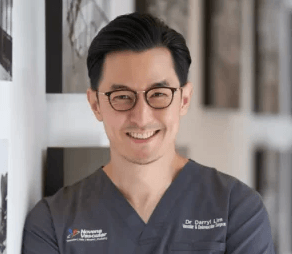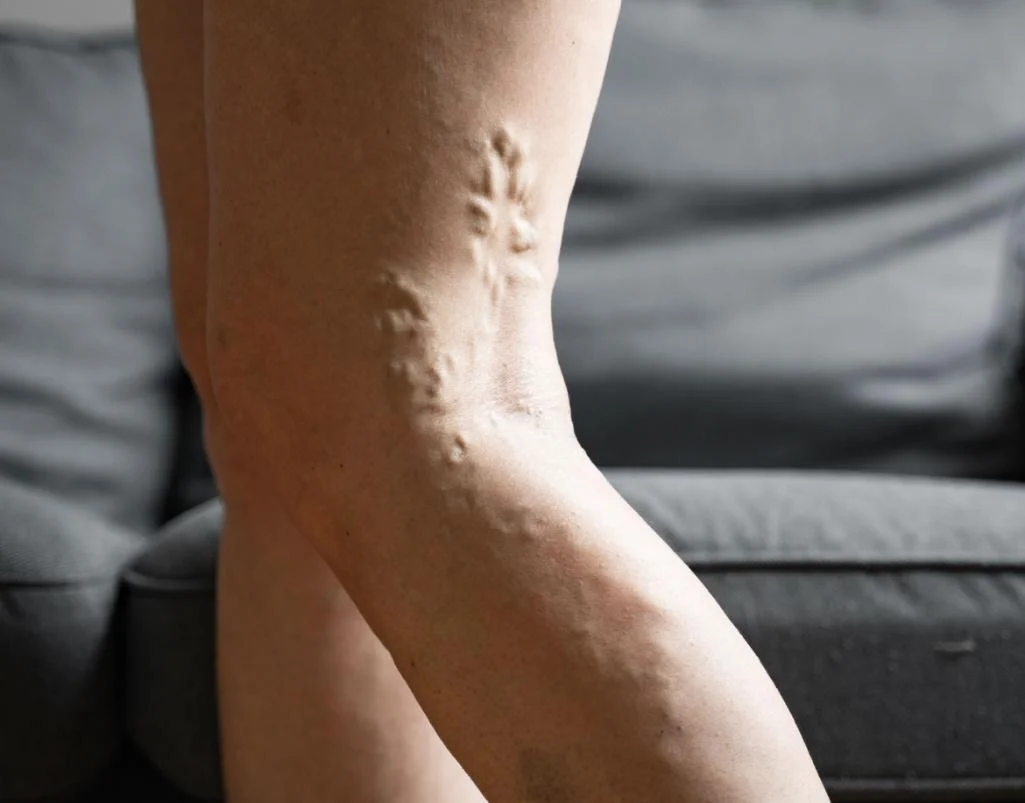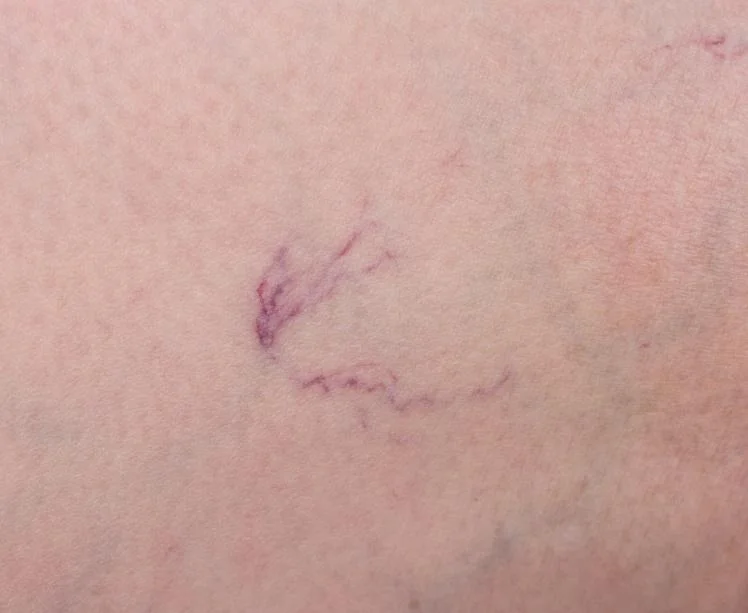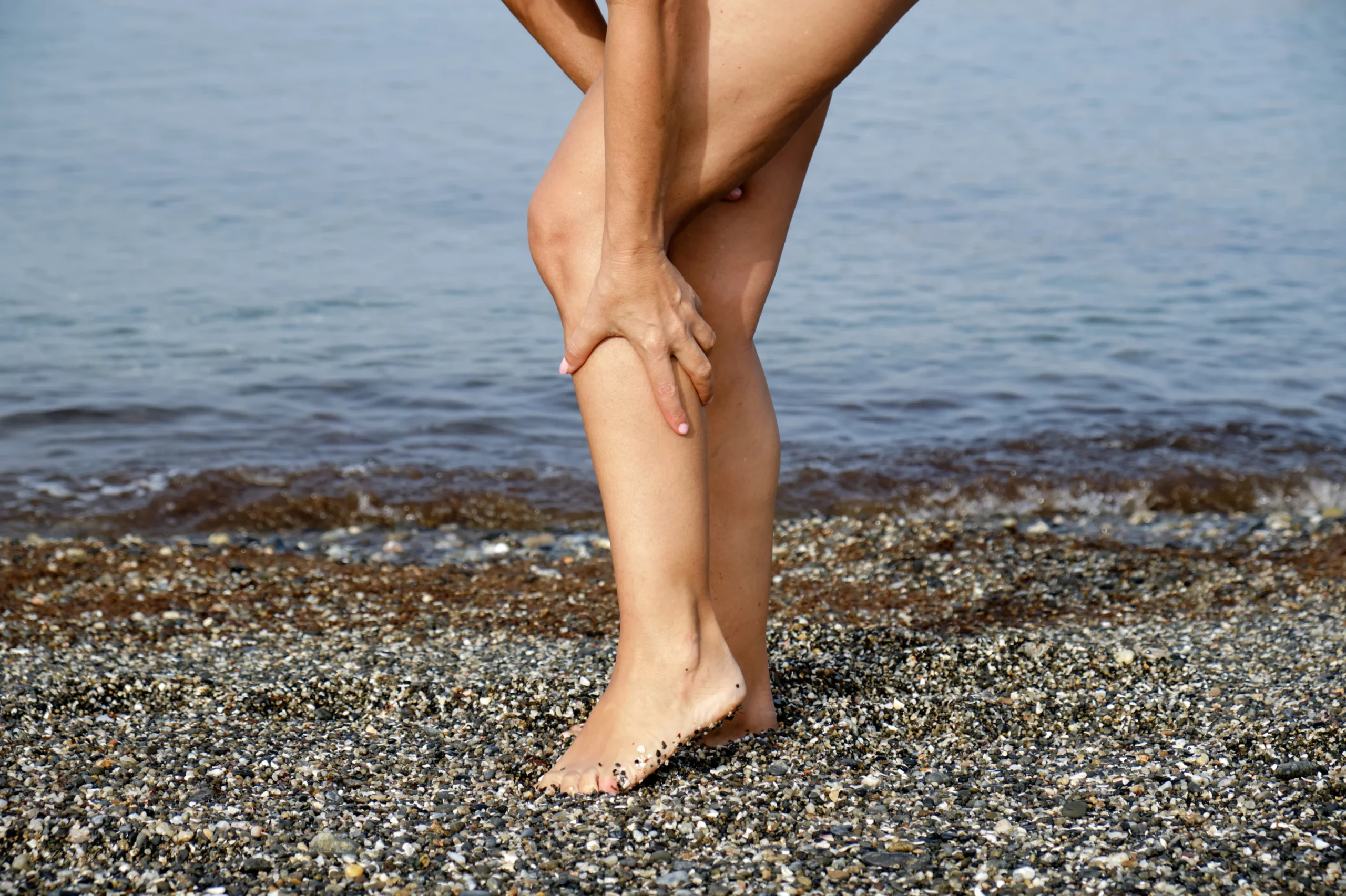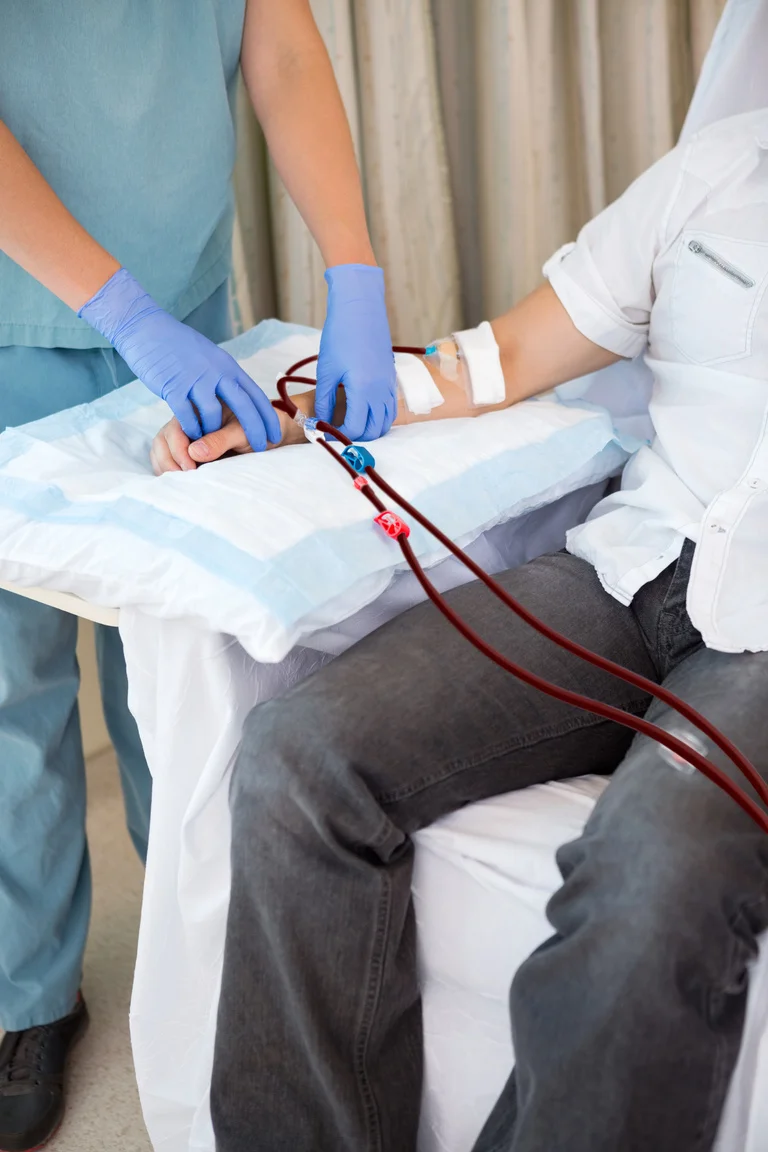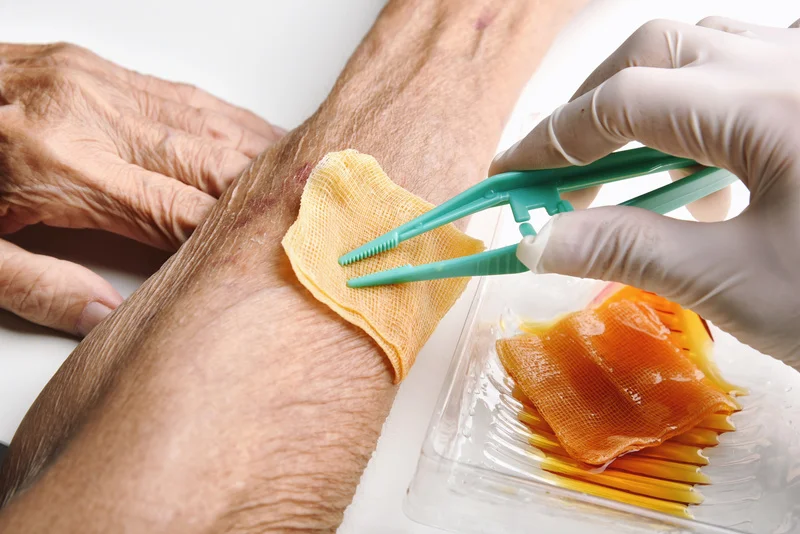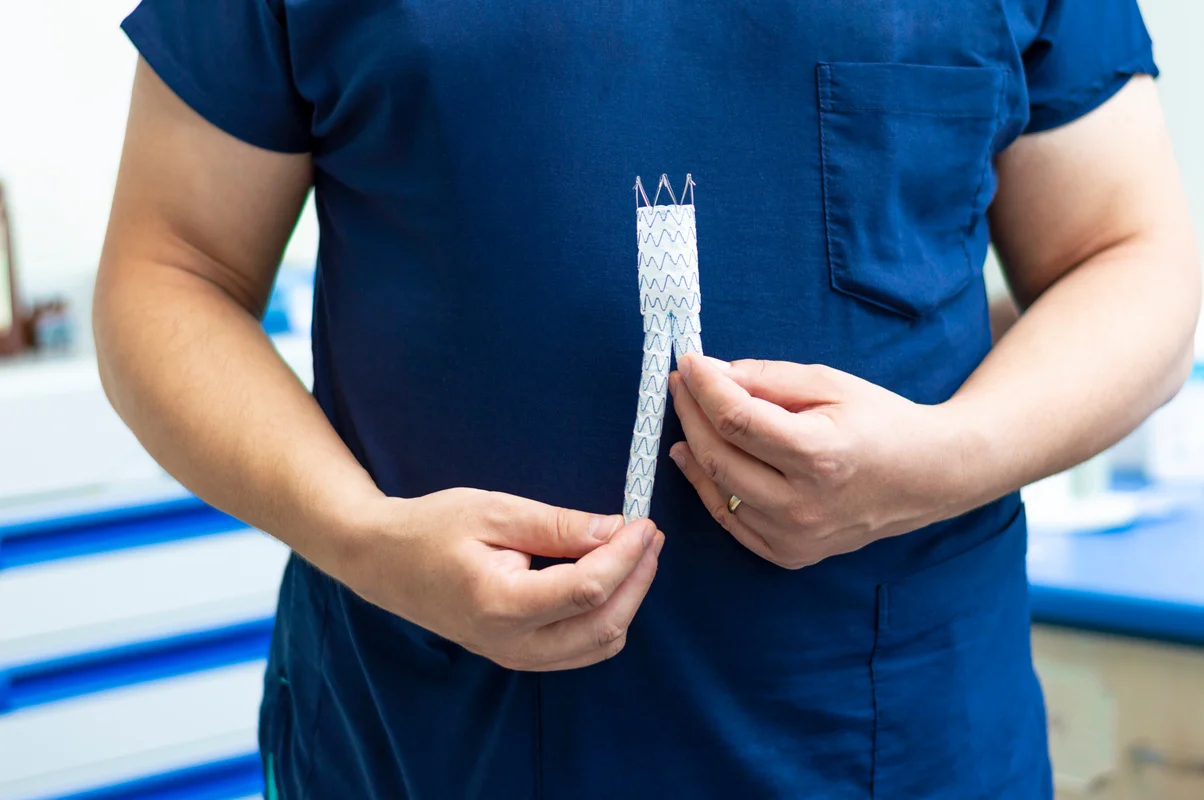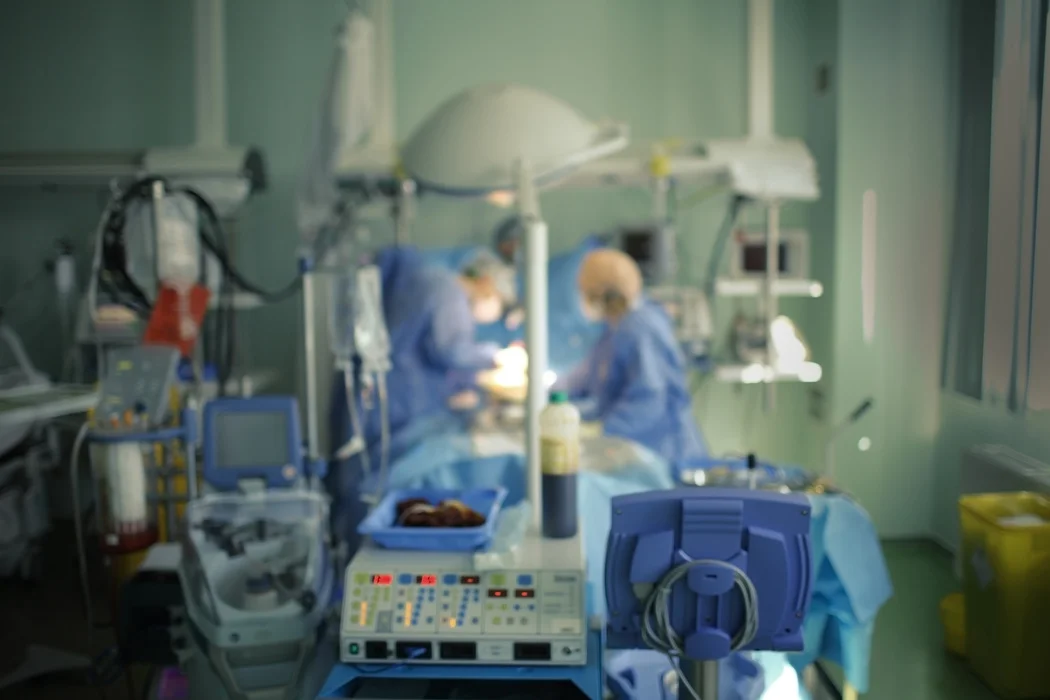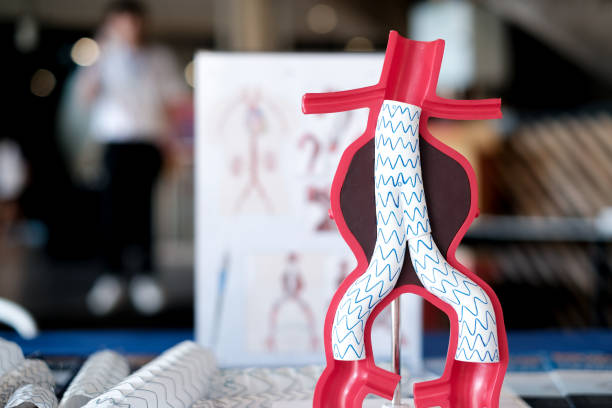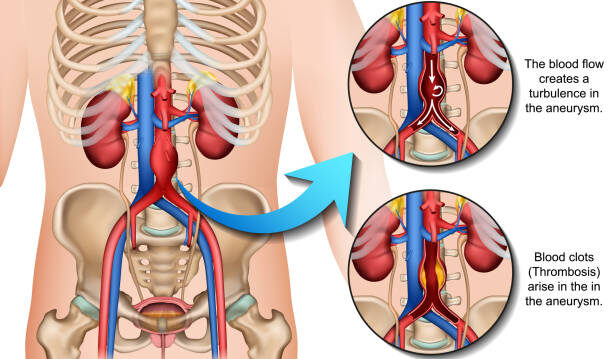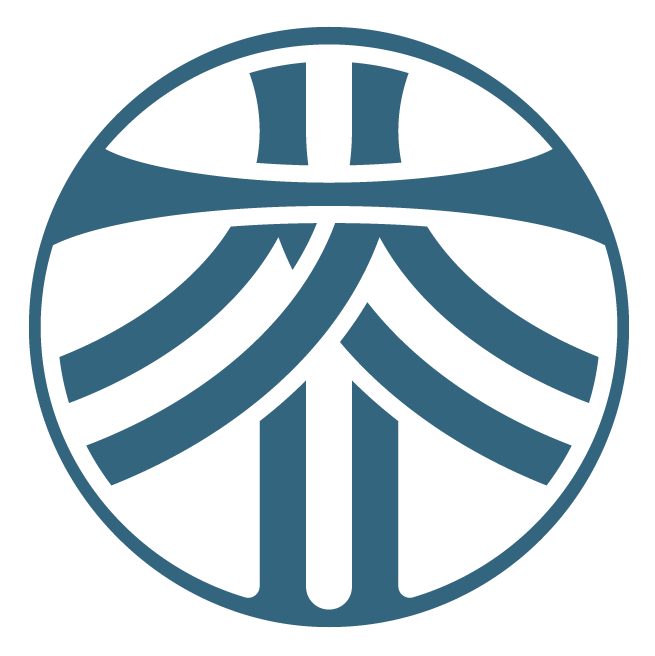Spider veins may be frustrating to look at, but the good news is they’re very treatable. In fact, most cases can be managed with non-surgical treatments that are quick, effective, and performed right here in Singapore.
Whether you’re dealing with a few faint lines or more widespread patches, it helps to know the best way to treat spider veins — and when it might be worth seeing a specialist.

What Are Spider Veins?
Spider veins are small, visible blood vessels that appear near the surface of the skin. They often show up as red, blue, or purple lines or web-like clusters, most commonly on the thighs, calves, or ankles.
They’re typically harmless, but can be linked to underlying vein weakness — especially if you’re also experiencing symptoms like heaviness, fatigue, or swelling in the legs. When spider veins are present, especially on the lower limbs, a formal vein assessment is often recommended to evaluate for underlying venous reflux, which may not always be visible on the surface.
Can Spider Veins Be Treated Without Surgery?
Yes. In fact, surgical removal isn’t needed at all for most spider veins. Treatments focus on closing off the affected veins so the body can naturally reabsorb them over time.
Here are the most commonly used non-surgical treatment options in Singapore:
1. Sclerotherapy
Sclerotheraphy is the most widely used treatment for spider vein removal in Singapore. A small amount of solution is injected directly into the vein, causing it to collapse and gradually fade.
- Quick – Sessions usually take under 30 minutes
- Minimal downtime – Most people return to normal activities the same day
- Effective – Results appear over a few weeks; multiple sessions are often needed
For complete removal, most patients require 2–3 sessions, much like how facial laser treatments are spaced over time for full clearance.
2. VeinGogh Ohmic Thermolysis
VeinGogh is a precision treatment that uses microbursts of radiofrequency energy to collapse tiny spider veins — especially those too small or delicate for sclerotherapy or laser.
- Ideal for fine veins
- No needles or injections, making it suitable for patients with sensitive skin
- Highly targeted — delivers energy via a hair-thin probe without damaging surrounding tissue
- Can be used alone or in combination with other treatments
As with other cosmetic vein treatments, more than one session may be needed for complete results, depending on the extent and location of the veins.
3. Laser Therapy
For very fine or facial spider veins, surface laser treatments can also be a good option. These use focused light to heat and seal the vessel without any needles.
- Non-invasive – No injections involved
- Best for smaller, surface-level veins
- Multiple sessions may be required depending on the size, depth, and skin type
Laser works best for facial spider veins and superficial vessels, but isn’t always suitable for larger leg veins.
4. Compression Stockings
While compression stockings don’t remove spider veins, they can help relieve symptoms like aching or swelling, and slow the progression of vein problems.
They’re often used as part of conservative management or post-treatment care, especially for people who stand or sit for long periods.
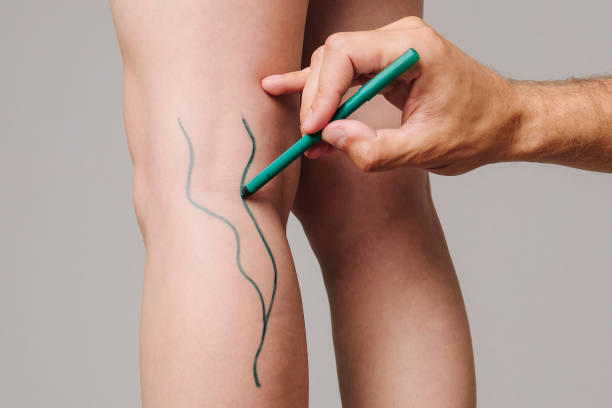
What’s the Best Way to Treat Spider Veins?
It really depends on your vein type, location, and whether there’s an underlying venous issue. Sclerotherapy remains the most effective and versatile treatment for spider veins on the legs, while VeinGogh and laser therapy are better suited for smaller or more delicate veins, which might not be so easily injectable.
A proper assessment with a vascular surgeon can help determine the most suitable approach — and in many cases, a combination of techniques gives the best results.
Is It Worth Seeing a Specialist?
If you’ve been trying creams, massage, or home remedies without much change, it’s worth getting a professional opinion. Even though spider veins are mostly cosmetic, a vein scan can help rule out deeper issues like venous reflux — especially if you have symptoms like leg heaviness, tiredness, or swelling at the end of the day.
Concerned About Spider Veins?
Spider veins may seem small but can indicate deeper issues. Discover treatment solutions that improve both appearance and circulation.
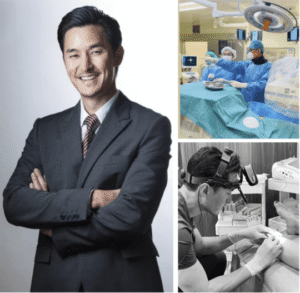
Final Thoughts
Spider veins can be stubborn, but you don’t need surgery to deal with them. With modern techniques like sclerotherapy, VeinGogh, and laser therapy, it’s now easier than ever to manage them safely and effectively — often in under an hour, with no hospital stay.
Dr. Darryl Lim offers non-surgical spider vein removal in Singapore, including sclerotherapy, VeinGogh, and laser options. If you’re looking to treat spider veins with minimal downtime, book a consultation to explore what’s right for your legs.
FAQ
How long does sclerotherapy take to work?
You’ll typically see improvement over 3–6 weeks. Some veins may need a second or third session depending on size and location.
Is spider vein treatment painful?
Most people tolerate it well — you may feel a small sting (akin to an “ant-bite”) during injections or mild heat with VeinGogh, but it’s brief and manageable.
Are the results permanent?
Treated veins usually don’t return, but new veins can develop over time. Maintenance treatments may be needed for ongoing care.

